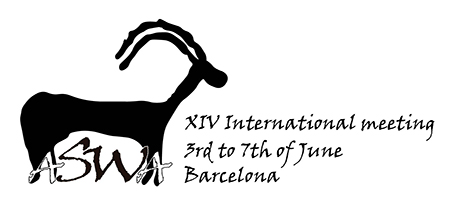The Early Upper Paleolithic period in the Levant exhibits cultural differences between two entities, the “local” Early Ahmarian and the Levantine Aurignacian, which is suggested to represent a short incursion of back-migrating European groups. This cultural variability raises the question of differing adaptations. Here we use archaeofaunal remains from the Early Upper Paleolithic sequence of Manot Cave (Western Galilee, Israel), to track human hunting patterns, carcass transport and processing within the Early Ahmarian (46–42 ka) and Levantine Aurignacian (38–34 ka) phases. We test two hypotheses: 1) The Ahmarian and Aurignacian represent adaptations to different environments; and 2) The two entities differ in mobility patterns and site use.
Our taphonomic analysis showed subtle differences in depositional processes between the two phases and demonstrated a primarily anthropogenic complex. In both phases, human subsistence was based on two ungulate species, mountain gazelle (Gazella gazella) and Mesopotamian fallow deer (Dama mesopotamica), with some contribution from birds, tortoises and small mammals. The prey spectrum and choice occupy a middle position between the Middle Paleolithic and the late Epipaleolithic of the region. Carcass transport and processing patterns are similar in both phases and indicate hunting in the vicinity of the cave. Aging and sexing data tentatively lead us to suggest a summer-autumn occupation for both cultures. Despite this, there are also several significant differences between the phases such as increased exploitation of small ungulates (gazelle) and small game (especially birds), and greater accumulation of material in the Aurignacian. When evaluated against independent paleoenvironmental proxies, these patterns cannot be ascribed to environmental change but rather indicate greater occupation intensity during the Aurignacian compared to the Ahmarian. This could explain the outstanding archaeological character of the Aurignacian entity in the Levant.

 PDF version
PDF version
